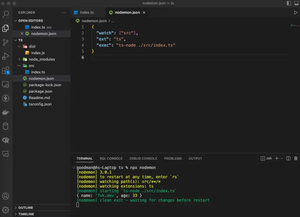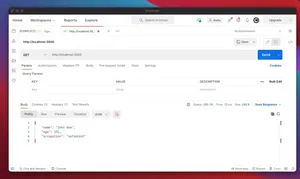The warning npm WARN package.json: No repository field occurs when you run an npm command, such as npm install, and your package.json file does not include a repository field. This field is used to specify the location where your package’s source code resides. Although this warning is not critical and your Node.js application should still work, it’s a good practice to maintain a complete package.json file.
Reasons Behind the Error
- Incomplete package.json: The package.json file is missing a repository field, which is recommended for collaborative and open-source projects.
- Documentation and discoverability: Adding a repository helps users to find the source code and contribute or report issues.
Steps to Fix the Error
1. Locate your package.json file in your project’s root directory.
2. Add a repository field with the URL to your project’s repository. For example:
{
"name": "your-package-name",
"version": "1.0.0",
"description": "Your package description.",
"repository": {
"type": "git",
"url": "https://github.com/username/repository.git"
}
// ... other fields
}If you’re not using git or any version control system, you can leave it out or set it to a tutorial or website relating to the project.
3. Save the changes to package.json.
4. Run an npm command, like npm install, to verify that the warning is gone.
Alternative Solution
If you intentionally do not want to specify a repository, you can add a private field to your package.json file to suppress this warning:
{
"name": "your-package-name",
"version": "1.0.0",
"description": "Your package description.",
"private": true,
// ... other fields
}Setting the private field to true indicates that your package is not meant to be published, and npm will not require a repository field.
Conclusion
Fixing the npm WARN package.json: No repository field warning is simply a matter of adding a repository field to your package.json file, or setting the package to private if it’s not intended for public release. This enhances the documentation and potentially facilitates contributions for your project.

